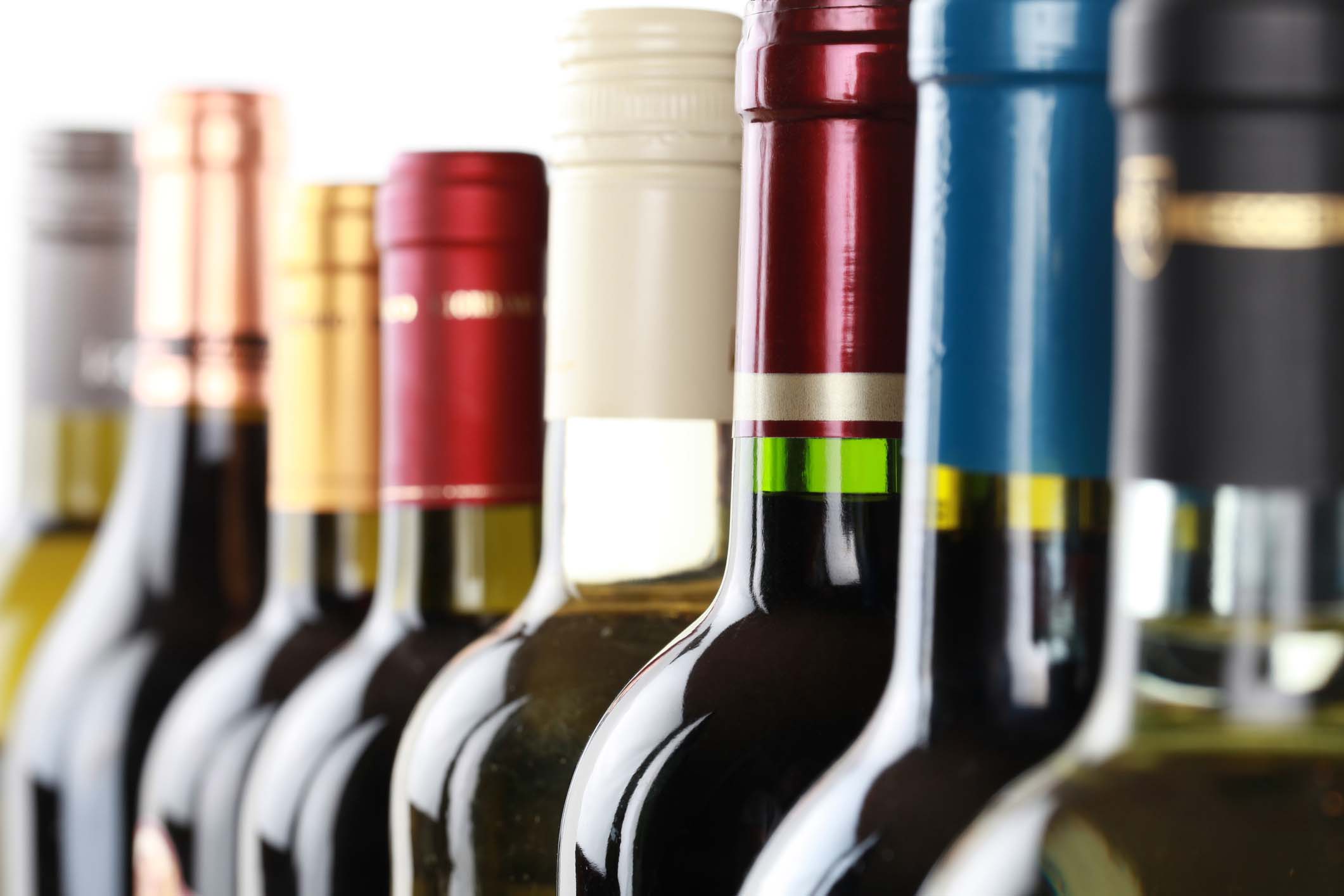Australia still struggles with alcohol and amphetamines

Alcohol is still Australia’s most abused substance. Yet amphetamine use comes in second and continues to rise.
These are the findings of the 2019-2020 alcohol and drug treatment service report by the Australian Institute of Health and Welfare (AIHW). During that period, over 139,000 Australians sought addiction treatment. One-third (34%) of the cases were for alcohol and over a fourth (28%) were for methylamphetamines.
The general trend

What National Wastewater studies show
At first glance, the AIHW report seems to slightly contradict the National Wastewater Drug Monitoring Program (NWDMP) reports done by the Australian Criminal Intelligence Commission (ACIC).
According to the NWDMP reports from the past year and a half, the overall national alcohol consumption is still at relatively standard levels. In fact, from August to December of 2020, the average consumption of alcohol on the regional level seems to have decreased.
However, both the AIHW and ACIC reports are in agreement on the general rise in methylamphetamine use.
The pandemic’s effect on alcohol and amphetamine use
What’s not readily evident is how Australia’s imposed lockdowns for the COVID-19 pandemic affected the timing of alcohol and amphetamine use. The reason why it isn’t obvious lies with the timing of the AIHW and ACIC reports.
First of all, these are one-time respondent surveys or wastewater samples. These tests occur only once or a few times each year. Thus, these do not reflect smaller fluctuations in drug users’ behaviour from week to week or month to month.
In other words, any influence the pandemic would have in any study performed during the first half of 2020 would go unmeasured. There would be less of an effect on other studies later in the same year.

Alcohol consumption
Safework Health chief toxicologist Dr Phil Tynan further explains the pandemic’s effect.
“During the lockdowns, the ordinary weekend increase in alcohol consumption became less prominent,” he says. “There was likely a lower difference between weekday and weekend use. Pubs, clubs and restaurants serving alcohol were closed or had restricted numbers.”
But once the initial restrictions were eased, the customers returned. This matches the resurgence in alcohol use detected by the AIHW report.
“That may have worsened underlying alcohol dependency in vulnerable people,“ says Dr Tynan.
Amphetamine use
Safework Health regularly performs workplace drug tests for clients all around Australia. Their tests from 2019 to 2020 also reflect the same trend for methylamphetamine.
Again, in the beginning, there was a temporary decline in consumption immediately after the imposition of lockdown restrictions. Afterwards, when the restrictions were lifted, the high usage levels returned. These were nearly as high as those seen in December 2019.
Dr Tynan attributes this rebound to the country’s illegal methylamphetamine industry.
“Australia has a vigorous cottage industry of homegrown meth manufacture,” he says. ”The pandemic adversely affected many industries in the last year. Sadly, meth manufacture does not appear to be one of them.”
Learn More
Contact us today for information on how we can keep your workplace safe from drugs and alcohol.
References:
- Alcohol remains a national drug of concern – Australian Institute of Health and Welfare. (2021). Australian Institute of Health and Welfare; Australian Government. https://www.aihw.gov.au/news-media/media-releases/2021-1/july/alcohol-remains-a-national-drug-of-concern
- National Drug Strategy Household Survey 2019, Summary – Australian Institute of Health and Welfare. (2020). Australian Institute of Health and Welfare; Australian Government. https://www.aihw.gov.au/reports/illicit-use-of-drugs/national-drug-strategy-household-survey-2019/contents/summary
- National Wastewater Drug Monitoring Program Report 11. (2020, October). Australian Criminal Intelligence Commission; Australian Criminal Intelligence Commission. https://www.acic.gov.au/sites/default/files/2020-10/NWDMP_R11%20-%20FINAL.pdf
- National Wastewater Drug Monitoring Program Report 12. (2021, February). Australian Criminal Intelligence Commission; Australian Criminal Intelligence Commission. https://www.acic.gov.au/sites/default/files/2021-02/National%20Wastewater%20Drug%20Monitoring%20Program%20Report%2012.PDF
- National Wastewater Drug Monitoring Program Report 13. (2021). Australian Criminal Intelligence Commission; Australian Criminal Intelligence Commission. https://www.acic.gov.au/sites/default/files/2021-06/NWDMP-R13_v7_WEB%20singles.pdf
